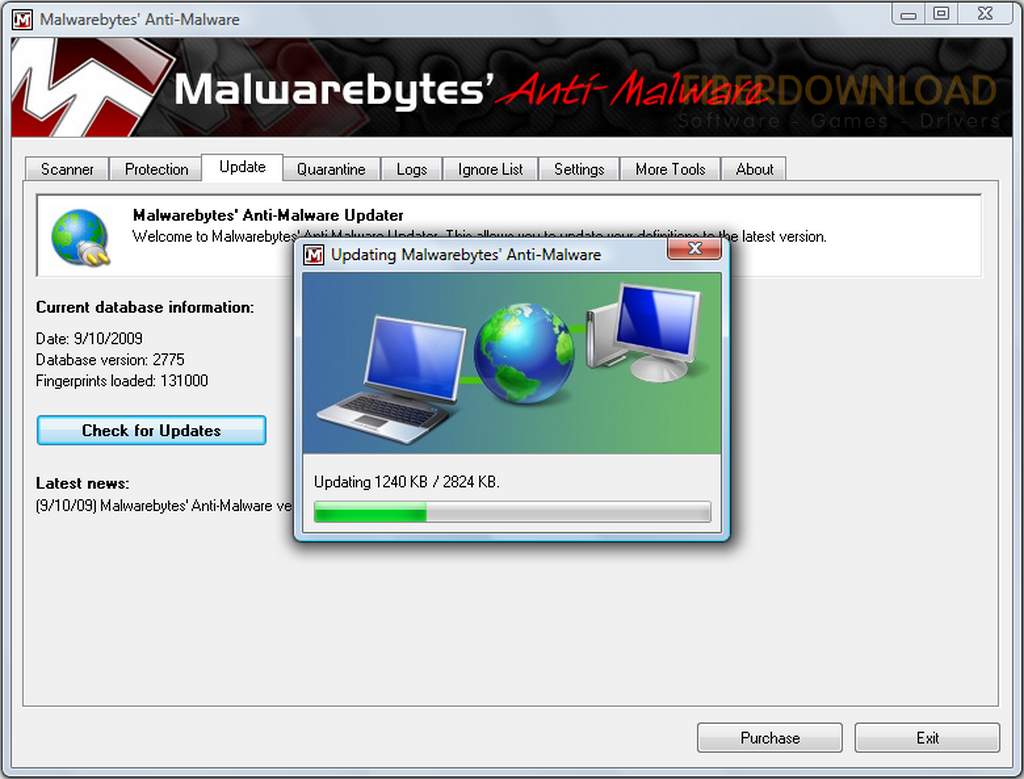
However, the invocation information may not reflect malicious behaviors of malware because malware developers use various analysis avoidance techniques. The features used in the previous approches are mostly based on API (Application Programming Interface) information, and the API invocation information can be obtained through dynamic analysis. Recently, deep learning techniques such as convolutional neural network (CNN) and recurrent neural network (RNN) have been applied for malware classifications. To analyze a large amount of malware, various kinds of automatic analysis methods are in need. Security experts analyze malware to capture the malicious properties of malware and to generate signatures or detection rules, but the analysis overheads keep increasing with the increasing number of malware. The number of new malware and new malware variants have been increasing continuously. Proceedings of the 2018 Conference on Research in Adaptive and Convergent SystemsĬNN, Deep Learning, expert systems, Human Behavior, malware classification, pubcrawl, resilience, Resiliency, Scalability, security, static analysis If you’re a Mac user, you get mixed messages about whether viruses and other malicious software pose a bona fide threat.Malware Classification Using Byte Sequence Information Historically, Mac fans have touted their platform as immune to the kinds of data attacks and other hostile intrusions that plague the Windows world.

Apple itself even reassured its customers for years that Macs “don’t get viruses.” It even said so in a series of commercials that first aired in 2006. While it’s true Macs are more secure than PCs, they’re still vulnerable to viruses, and they always have been. By design, the Mac operating system is more secure against the threat of viruses and malware, but there are still plenty of ways for malware to find its way in. Another thing protecting Macs is the fact that they’re less popular than PCs, but that doesn’t stop some hackers from targeting Macs. “Malwarebytes saw more Mac malware in 2017 than in any previous year.” Despite this, there are still tech pundits who recklessly advise against taking even basic security precautions, such as installing a cybersecurity program. In the last few years, a growing number of active threats have targeted the Mac operating system. In fact, Malwarebytes saw more Mac malware in 2017 than in any previous year.


 0 kommentar(er)
0 kommentar(er)
